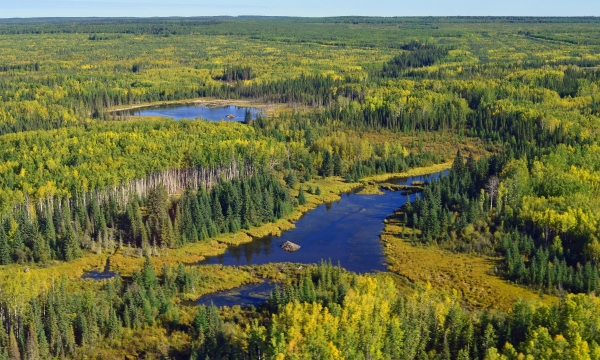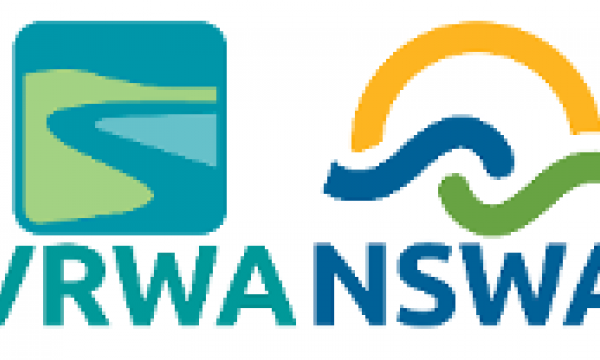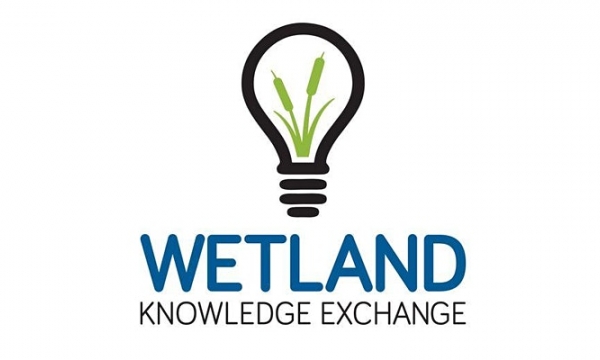Wetland Knowledge Resources
Resource
Authors
Camille Defrenne
Joanne Childs
Christopher Fernandez
Michael Taggart
Robert Nettles
Michael Allen
Paul Hanson
Collen Iversen
Resource Date:
December
2020
Mycorrhizal fungi enable plants to thrive in the cold, waterlogged, organic soils of boreal peatlands and, with saprotrophic fungi, largely contribute to the sequestration of atmospheric carbon in...
Resource
Resource Date:
November
2020
The Vermillion River watershed region, found in central Alberta between Edmonton and Lloydminster, is home to residents and farmers who rely on the watershed for drinking water, agriculture, and...
Resource
Authors
Benoit Lafleur
Nicole Fenton
Martin Simard
Alain Leduc
David Paré
Osvaldo Valeria
Yves Bergeron
Canada’s boreal forest represents an important contributor of the world’s wood supply industry. However, maintaining or increasing productivity of the boreal forest may be challenging in areas...
Resource
Authors
Mélina Guêné-Nanchen
Sandrine Hugron
Line Rochefort
Ecosystem restoration frequently involves the reintroduction of plant material in the degraded ecosystem. When there are no plant nurseries or seeds available on the market, the plant material has to...
Resource
Authors
Xanthe Walker
Brendan Rogers
Jennifer Baltzer
Steven Cumming
Nicola Day
Scott Goetz
Jill Johnstone
Edward Schuur
Merritt Turetsky
Michelle Mack
Resource Date:
September
2018
This resource is available on an external database and may require a paid subscription to access it. It is included on the CCLM to support our goal of capturing and sharing the breadth of all...
Resource
Authors
Wetland Knowledge Exchange
Resource Date:
December
2020
The Wetland Knowledge Exchange releases monthly newsletters that highlight new research, publications, news, interesting facts, events and more. In this edition you will learn about: Hydrological...
Resource
If you live in western Canada chances are you’ve seen a seismic line. Narrow corridors cut through the bush, seismic lines facilitate access for people and equipment to conduct geophysical surveys to...
Resource
Authors
Government of New Brunswick, Department of Environment and Local Government
In New Brunswick we are fortunate to have a plentiful supply of good quality water available to use and enjoy, but this is not something that should be taken for granted. This strategy has been...
Resource
Authors
Mighty Peace Watershed Alliance
The Mighty Peace Watershed Alliance (MPWA) supports the three goals of Alberta’s Water for Life Strategy: safe secure drinking water, healthy aquatic ecosystems, and reliable, quality water supplies...
Resource
Authors
Gabriela Siles
Yves Voirin
Goze Bertin Bénié
Resource Date:
January
2018
This resource is available on an external database and may require a paid subscription to access it. It is included on the CCLM to support our goal of capturing and sharing the breadth of all...






